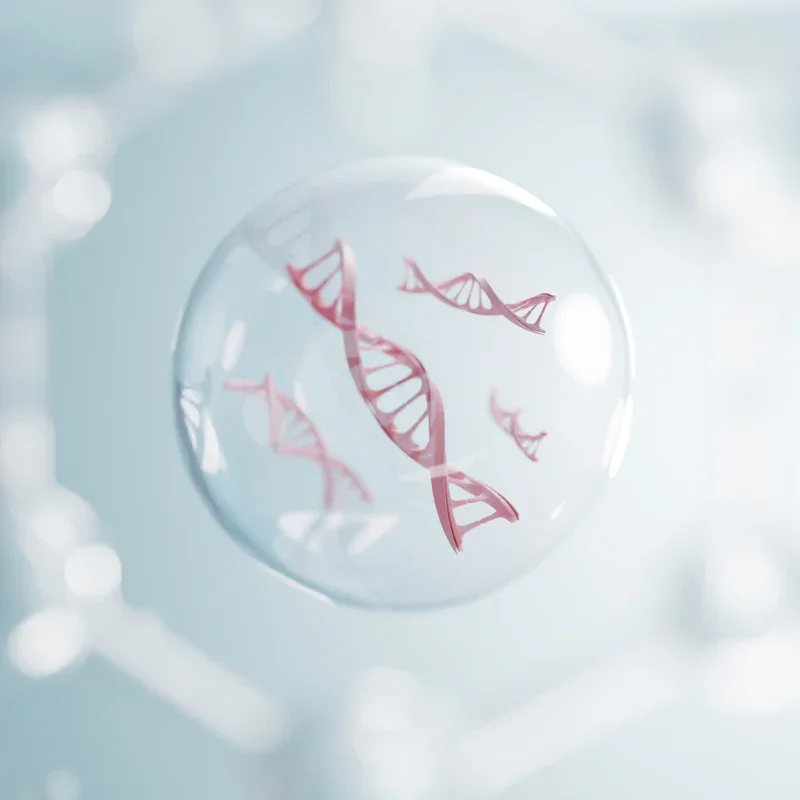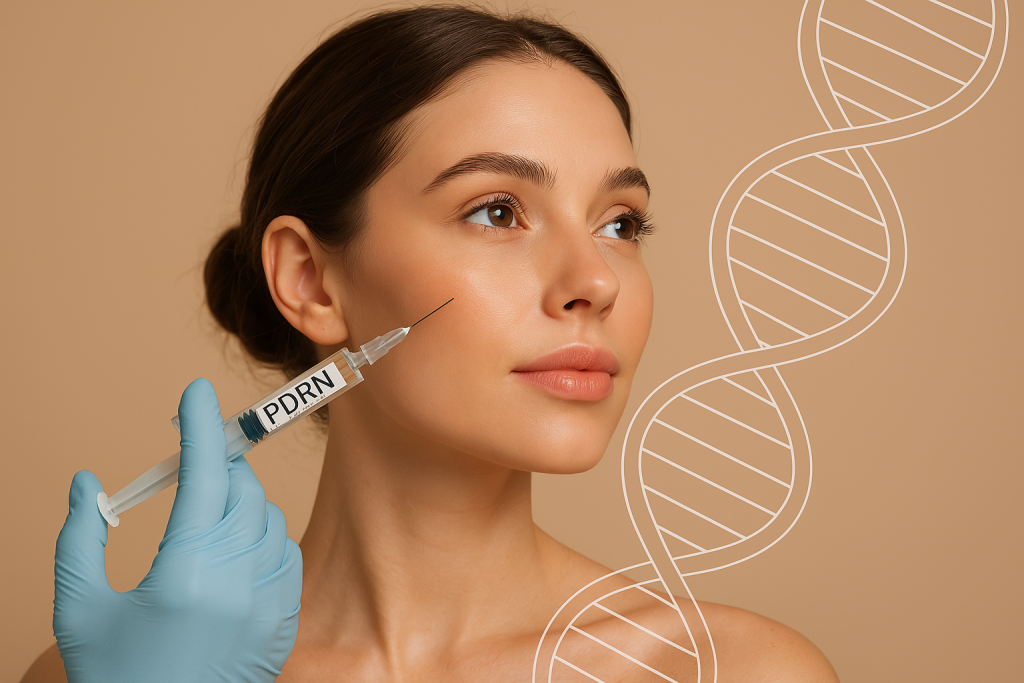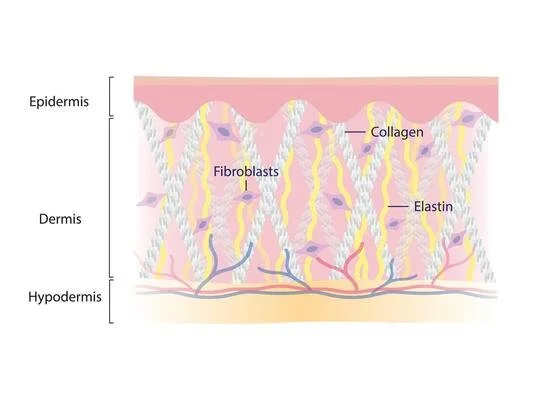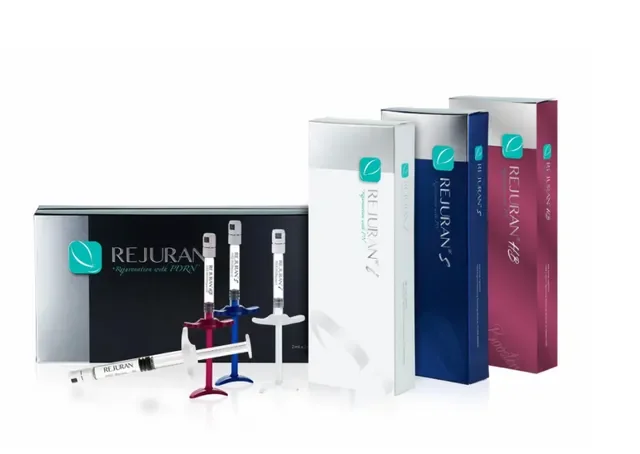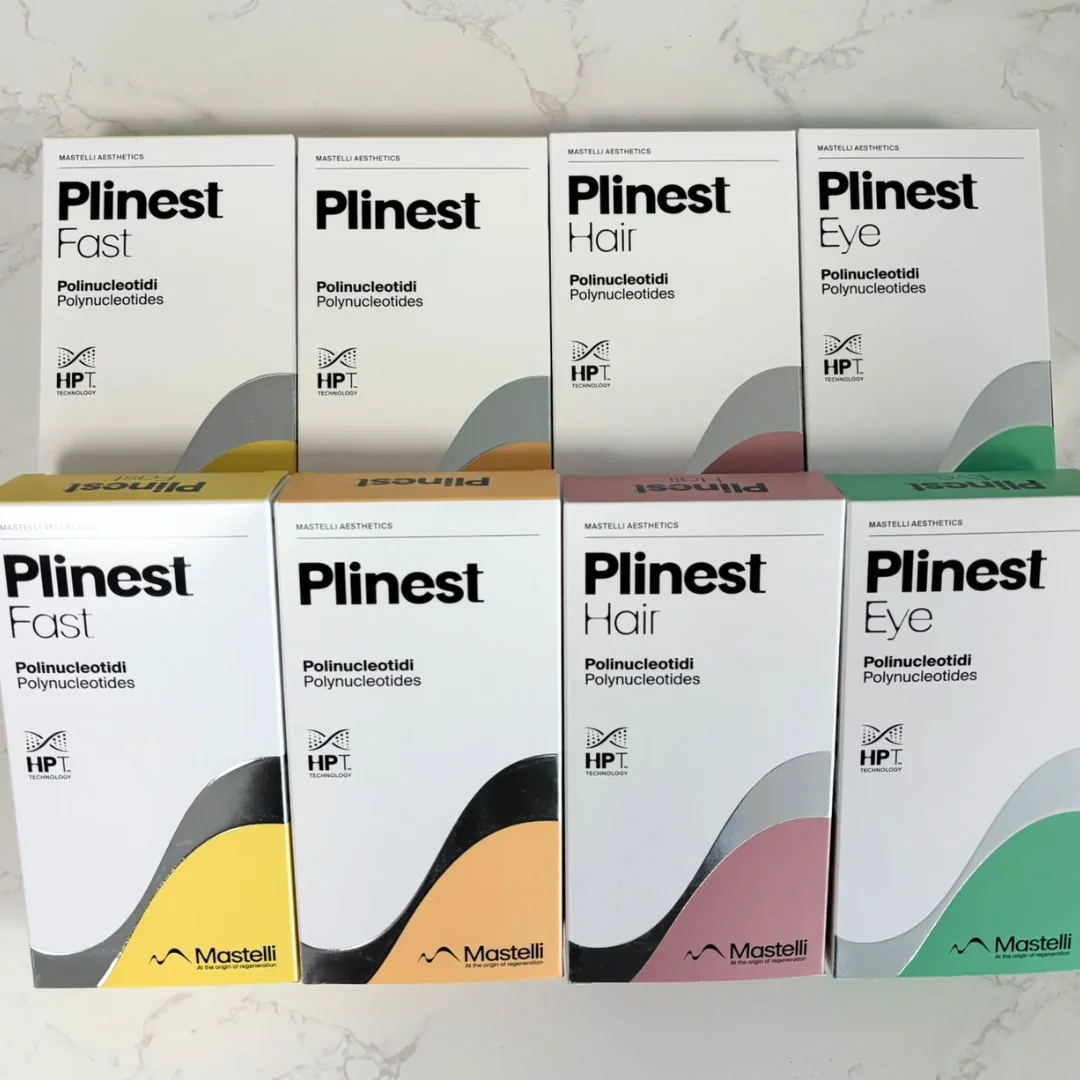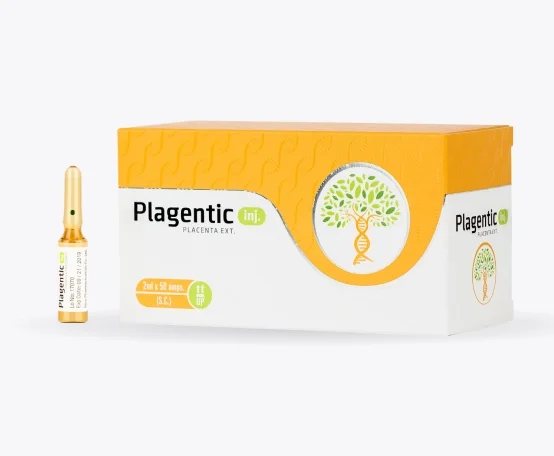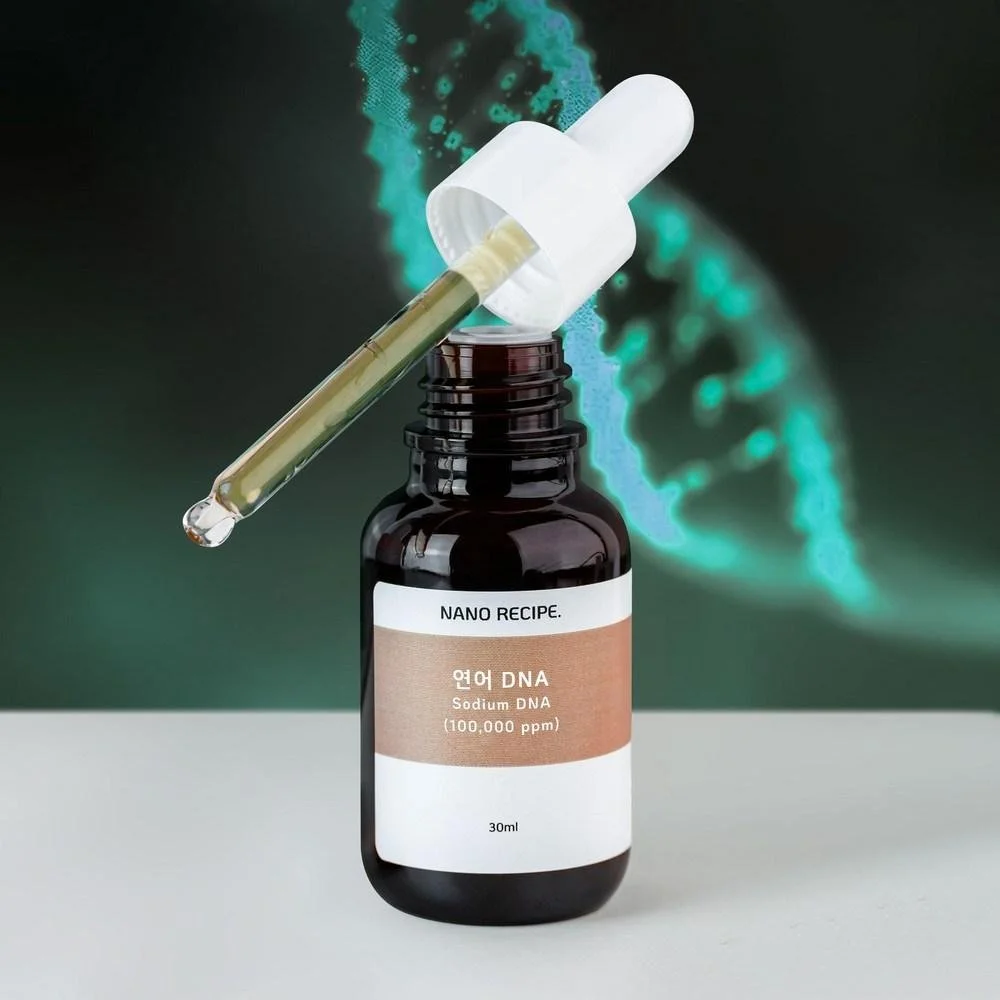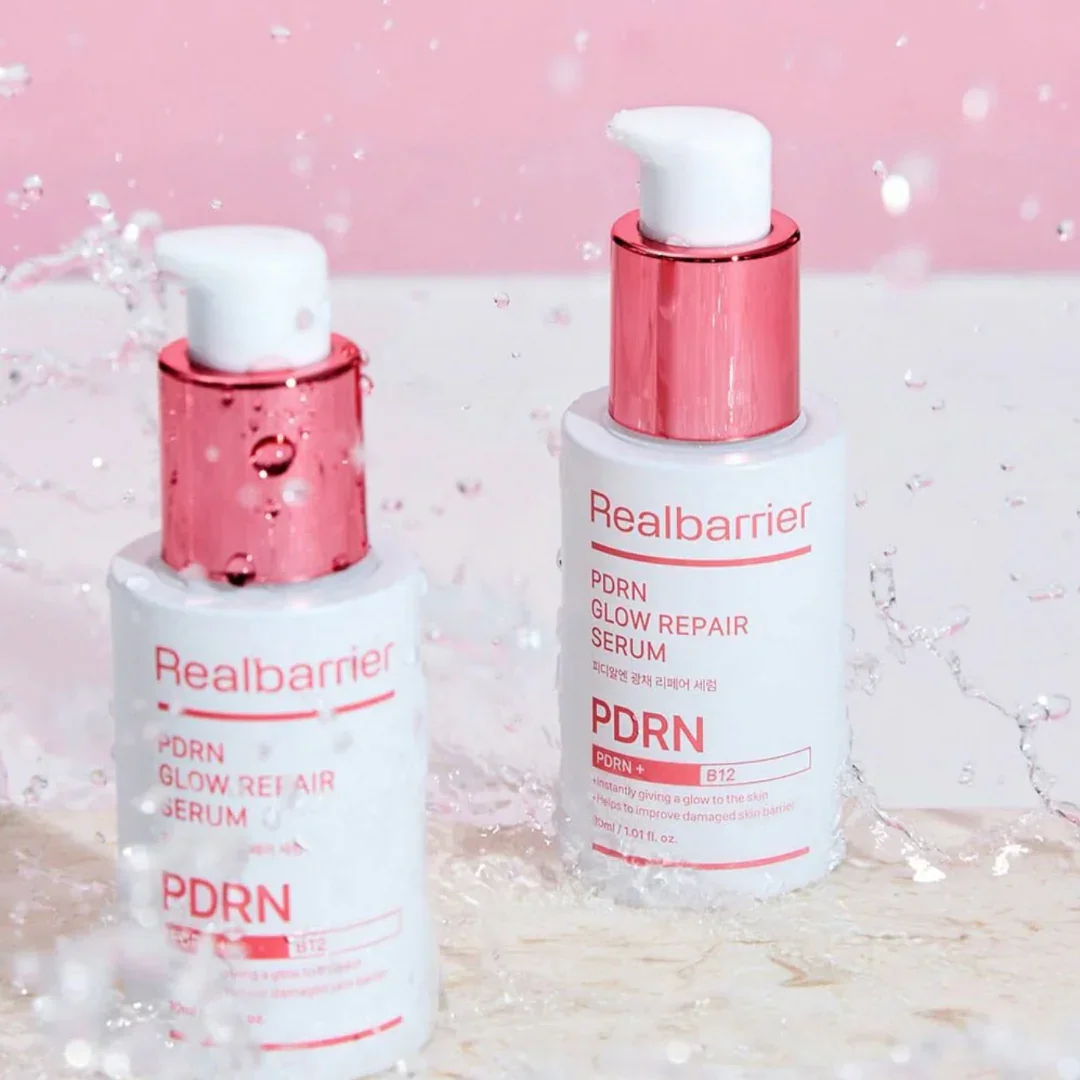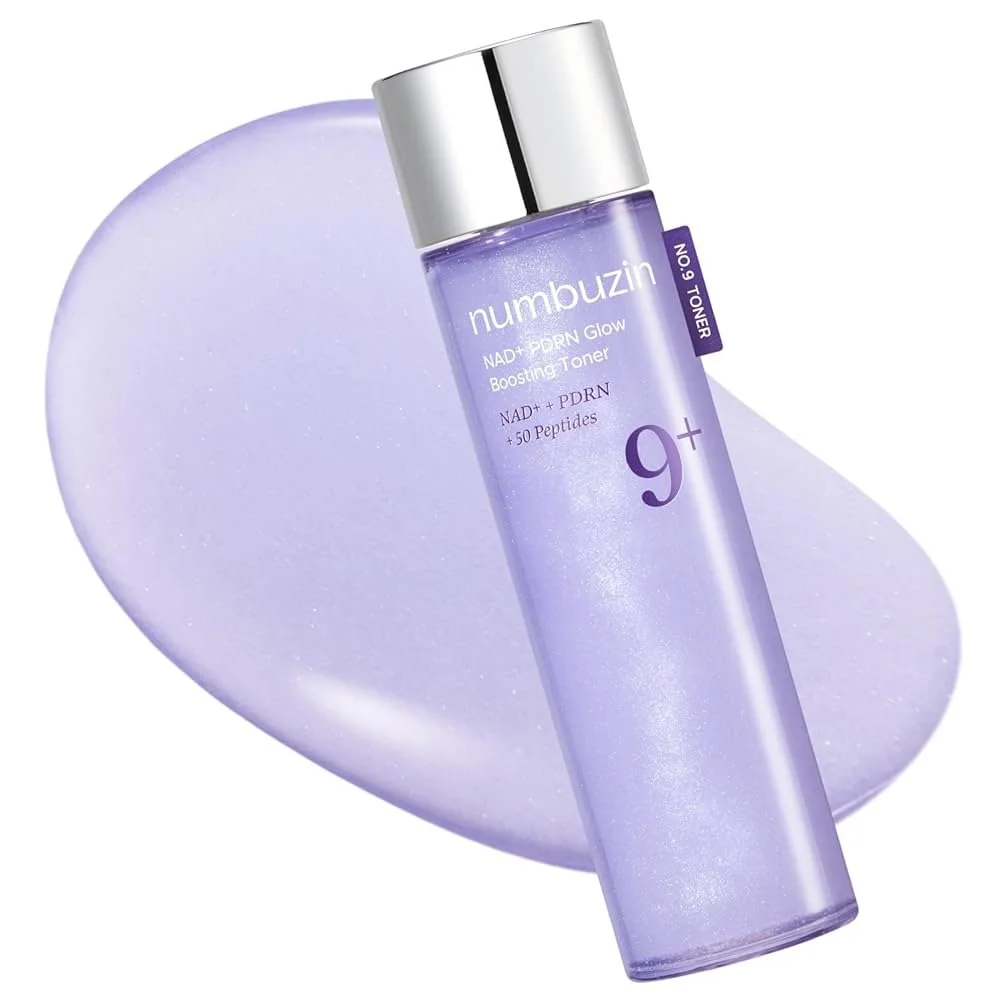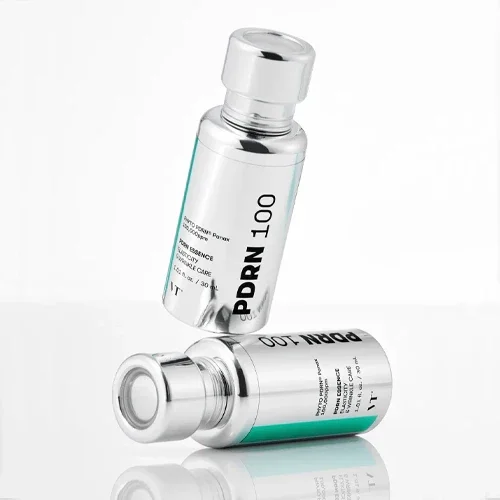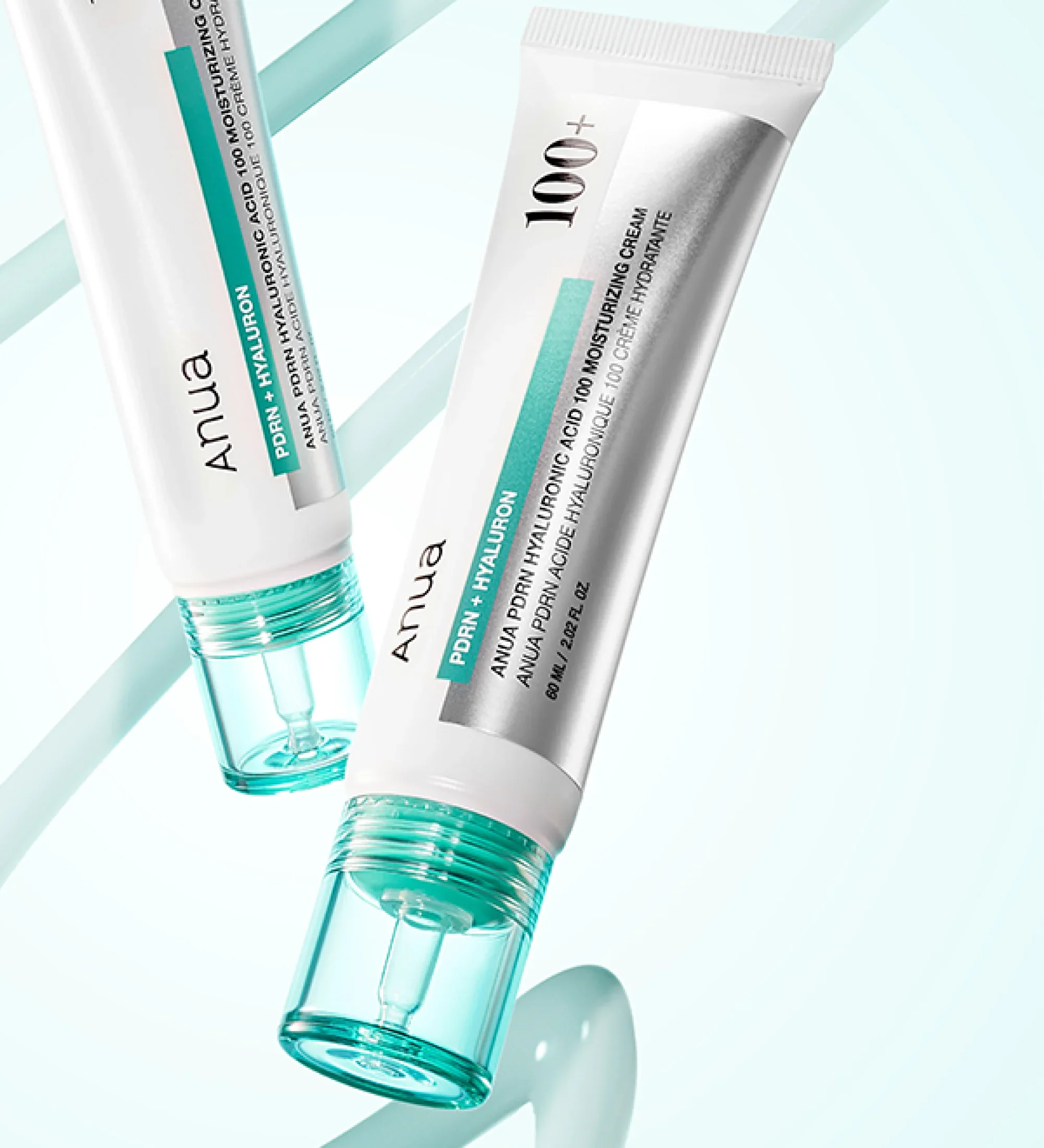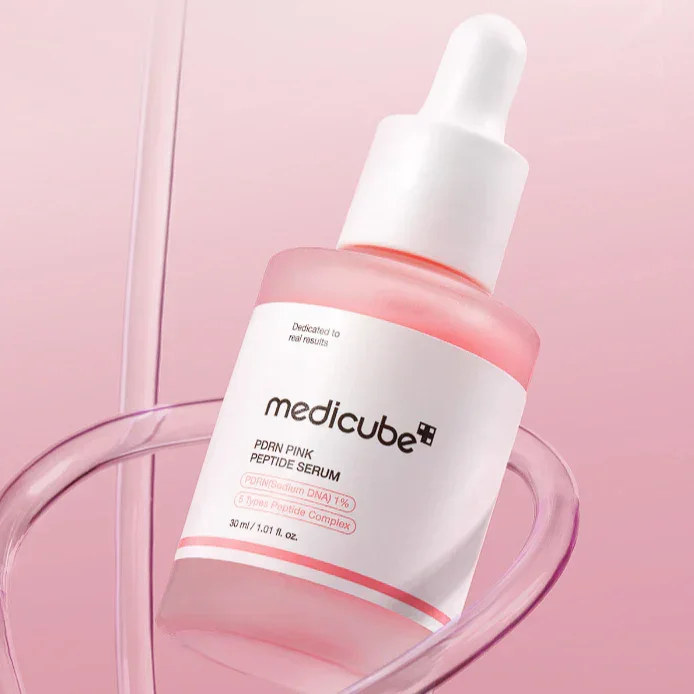How to Use PDRN for Real Results: A Doctor’s Honest Take
PDRN (polydeoxyribonucleotide) isn’t a new discovery — it’s been used in medicine since the 1980s to help heal damaged tissue, especially after injuries or radiation burns. Over time, researchers found it could also stimulate skin regeneration, leading to its use in aesthetic medicine through injectables like Rejuran, first launched in Korea in 2014.
Today, you’ll find PDRN not only in skin boosters and mesotherapy treatments but also in creams and serums claiming similar rejuvenating effects. But are topical versions truly effective, or just inspired by the success of their injectable predecessors?
In this article, I’ll share an honest look at how PDRN works, the differences between medical and cosmetic use, and which methods actually deliver visible results.
Table of Contents:
What PDRN Actually Is and How It Works
Injectable Forms: Skin Boosters and Mesotherapy
Topical PDRN Skincare: Benefits, Effectiveness, and Limitations
Best Korean PDRN Skincare Products: Serums, Creams, and Ampoules
PDRN Skincare FAQ: How to Use Serums, Creams, and Ampoules
What PDRN Actually Is and How It Works
From Medical Discovery to Regenerative Ingredient
PDRN, short for polydeoxyribonucleotide, is a purified DNA compound usually extracted from salmon or trout. It first appeared in medicine in the 1980s, when doctors in Europe used PDRN-rich formulations derived from human placenta to treat radiation-induced skin injuries and chronic wounds. These early treatments helped stimulate tissue repair and cell regeneration — a breakthrough in healing technology at the time.
The Transition to Aesthetic Medicine
In the 1990s and 2000s, researchers identified PDRN’s ability to stimulate fibroblasts and improve collagen production. This discovery led to the development of the first injectable formulations for skin rejuvenation and tissue repair. Due to ethical and supply challenges around human placenta, scientists later turned to salmon DNA, which offered a cleaner, safer, and more sustainable source.
With these advancements, PDRN became a trusted ingredient in regenerative aesthetic treatments. By 2014, South Korea introduced Rejuran Healer — one of the first widely known PDRN-based skin boosters — marking the start of its popularity in cosmetic dermatology.
From Clinics to Cosmetic Shelves
Following the success of injectable PDRN, skincare brands began to include it in creams, serums, and ampoules, offering a topical alternative for home use. While these products can support skin comfort and recovery, they work on a more superficial level compared to in-clinic treatments that deliver PDRN directly into the dermis.
If you’re interested in learning more about how topical PDRN works and what benefits it can offer, you can read my article The Rise of PDRN in Korean Skincare: Benefits, Uses, and Top Products, where I discuss it in detail.
Injectable Forms: Skin Boosters and Mesotherapy
While topical PDRN can support the skin, the most noticeable results come from injectable forms — skin boosters and mesotherapy. The reason is simple: to stimulate real regeneration, PDRN needs to reach the dermis, the deeper layer of the skin where fibroblasts live. Fibroblasts are responsible for producing collagen, elastin, and other key components that keep skin firm, hydrated, and resilient.
By injecting PDRN directly into the dermis:
It bypasses the skin barrier, which limits absorption of topical products.
It delivers DNA fragments and nucleotides where they can actively stimulate fibroblasts.
It triggers anti-inflammatory and angiogenic pathways, improving tissue repair and overall skin health.
It enhances hydration, elasticity, and skin texture from within, rather than just temporarily smoothing the surface.
Techniques and Depth of Delivery
PDRN injectables can be delivered in different ways depending on the treatment goal. Some clinics use multiple tiny injections across the face for overall rejuvenation, while others focus on targeted mesotherapy in specific areas like under the eyes or around scars. In certain cases, practitioners combine injections with techniques like microneedling or laser treatments, which help the product penetrate more evenly and reach slightly deeper layers of the dermis for enhanced results. The depth and method of delivery influence how effectively PDRN stimulates collagen, cell regeneration, and tissue repair.
In short, injectables work because they reach the cells that actually drive regeneration, making them the most effective way to use PDRN for visible, lasting results.
PDRN Injectable Options
Here are some of the main PDRN injectables used in aesthetic clinics:
Rejuran® – Made by PharmaResearch, Korea. The classic salmon DNA injectable, available in versions for full face, delicate areas, or hydration-focused treatments.
Plinest® – Made by Mastelli, Italy. Italian polynucleotide formulations, conceptually similar to Rejuran.
Plagentic® – Made by Koru Pharma, Korea. Placenta extract-based, commonly used in mesotherapy for skin nourishment.
Dermaheal® – Made by Caregen, Korea. A versatile line with different formulations for skin and hair, some containing nucleic acids and other bioactive ingredients.
Important Note for U.S. Readers
Injectable PDRN is not FDA-approved in the United States for cosmetic use, including dermal fillers or “skin boosters.”
Some U.S. practitioners may administer it based on their medical judgment, often after treatments like microneedling, laser, or plasma therapy, but these treatments are not FDA-cleared.
Understanding this distinction is crucial for American consumers seeking PDRN injection treatments.
Even if you’re in the U.S., there’s no need to feel left out — PDRN is available in topical products without restrictions, so you can still enjoy its benefits. But do topical results match what injectables can achieve? Let’s take a closer look.
Topical PDRN Skincare: Benefits, Effectiveness, and Limitations
As K-Beauty continues to influence global skincare trends, PDRN is now showing up not just in clinics, but in creams and serums. While the idea of “salmon DNA in a jar” sounds exciting, the truth is a bit more nuanced.
How Topical PDRN Works
Topical PDRN can provide some support for your skin, particularly in hydration, barrier repair, and soothing inflammation. However, because it cannot reach the deeper dermal layers where fibroblasts live, its benefits are generally mild and more supportive than transformative. Think of it as nourishing your skin rather than delivering a deep repair.
It can be particularly helpful for:
Post-procedure care, like after microneedling or laser treatments
Sensitive or irritated skin that needs calming
Daily maintenance to support overall skin health
What Research Shows
Scientific evidence for topical PDRN is limited. A few studies suggest that PDRN can aid wound healing and support skin recovery when combined with professional treatments. However, compared to proven actives like retinol or AHAs, the data for topical PDRN is sparse. Newer bioengineered sources, such as ginseng-derived PDRN, are emerging, but most clinical research still focuses on salmon-derived PDRN.
Who Benefits Most
Topical PDRN is ideal if you:
Want to enhance results from in-clinic treatments
Prefer a gentle, daily approach to support collagen synthesis
Have mild concerns like fine lines, superficial pigmentation, or dullness
It is less effective for:
Deep scars or prominent pores
Significant aging concerns
Areas that need targeted repair at the dermal level
A Practical Analogy
Think of topical PDRN as giving your skin a nourishing diet — gentle, beneficial, and supportive over time. Injectable PDRN, by contrast, is like an IV drip — highly concentrated, targeted, and capable of producing faster, more noticeable results in deeper layers.
Topical PDRN cannot replace injectables, but it can beautifully complement them. Even if you live in a country where injections are not available or FDA-approved, topical PDRN products can still support your skin’s health and provide mild regenerative benefits. The key is setting realistic expectations: results are gradual, subtle, and supportive rather than dramatic.
Best Korean PDRN Skincare Products: Serums, Creams, and Ampoules
The Korean PDRN skincare market is growing fast — almost every week, a new serum, cream, or ampoule appears, each promising hydration, soothing, or anti-aging benefits. With so many options, it can be tricky to know which products are worth trying. For a detailed guide, check out my previous article, The Rise of PDRN in Korean Skincare: Benefits, Uses, and Top Products, where I share the best Korean PDRN products currently available. These formulations work well as a supportive step in your daily routine or to complement injectable treatments.
PDRN Skincare FAQ: How to Use Serums, Creams, and Ampoules
1. When should I use PDRN products — morning or evening?
Most PDRN serums and creams can be used either morning or evening. Evening application may be slightly more beneficial, as it allows your skin to repair and regenerate overnight. If you use it in the morning, always follow with sunscreen.
2. Which type of PDRN product is best — toner, serum, cream, or mask?
Serums and ampoules are usually the most concentrated and effective for delivering PDRN into your skin. Creams provide hydration and help lock in benefits, while masks can give a quick boost but are more temporary. Toners with PDRN are generally more supportive and work best as part of a multi-step routine.
3. Can I combine PDRN with other actives like AHA/BHA, vitamin C, retinol, or hyaluronic acid?
Yes! PDRN is gentle and works well with most other skincare ingredients. It complements anti-aging actives like retinol or peptides, hydrating ingredients like hyaluronic acid, and soothing ingredients like centella or madecassoside.
4. Is PDRN safe during pregnancy or breastfeeding?
Topical PDRN is generally considered low-risk. However, injectable PDRN is not studied for use in pregnancy or breastfeeding. Medical professionals generally advise postponing treatments with unknown or unconfirmed safety profiles during this time.
5. How long until I see results from topical PDRN?
Topical PDRN works gradually. Expect subtle improvements in hydration, skin barrier strength, and overall skin comfort within a few weeks, while visible anti-aging effects may take longer.
6. Who Should Use PDRN With Caution?
If you have a seafood allergy, check the source of the PDRN. Many topical formulations use salmon-derived DNA, so plant-based or bioengineered alternatives may be safer options. Always patch-test new products if you’re prone to reactions.
Final Thoughts
PDRN is a genuinely valuable ingredient, supporting overall skin health and helping your skin repair and regenerate. In my honest opinion, it works well as part of a broader routine, especially for hydration, soothing, and general maintenance.
That said, topical PDRN should not be expected to work miracles. If your main goal is anti-aging—targeting fine lines, wrinkles, and uneven tone—the gold standards like retinol, AHAs, and vitamin C remain the most effective and clinically proven options.
Ultimately, the best approach depends on your goals, skin type, and comfort level. Injectables can provide noticeable, targeted results, while topical PDRN offers a gentle, supportive boost for everyday care. With the right combination of injectables and topical PDRN, along with proven actives like retinol and vitamin C, you can confidently support your skin’s health and resilience over time.
